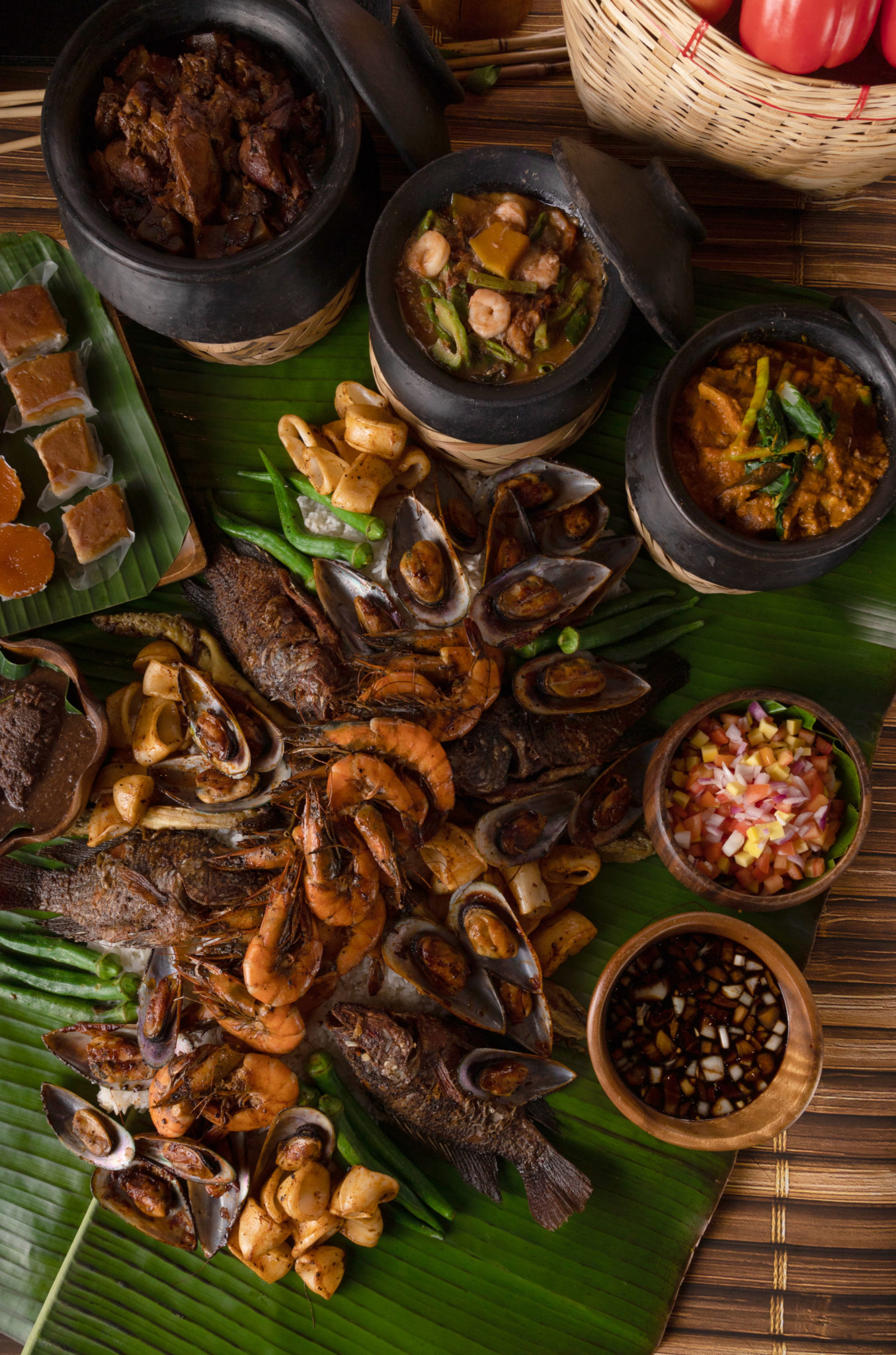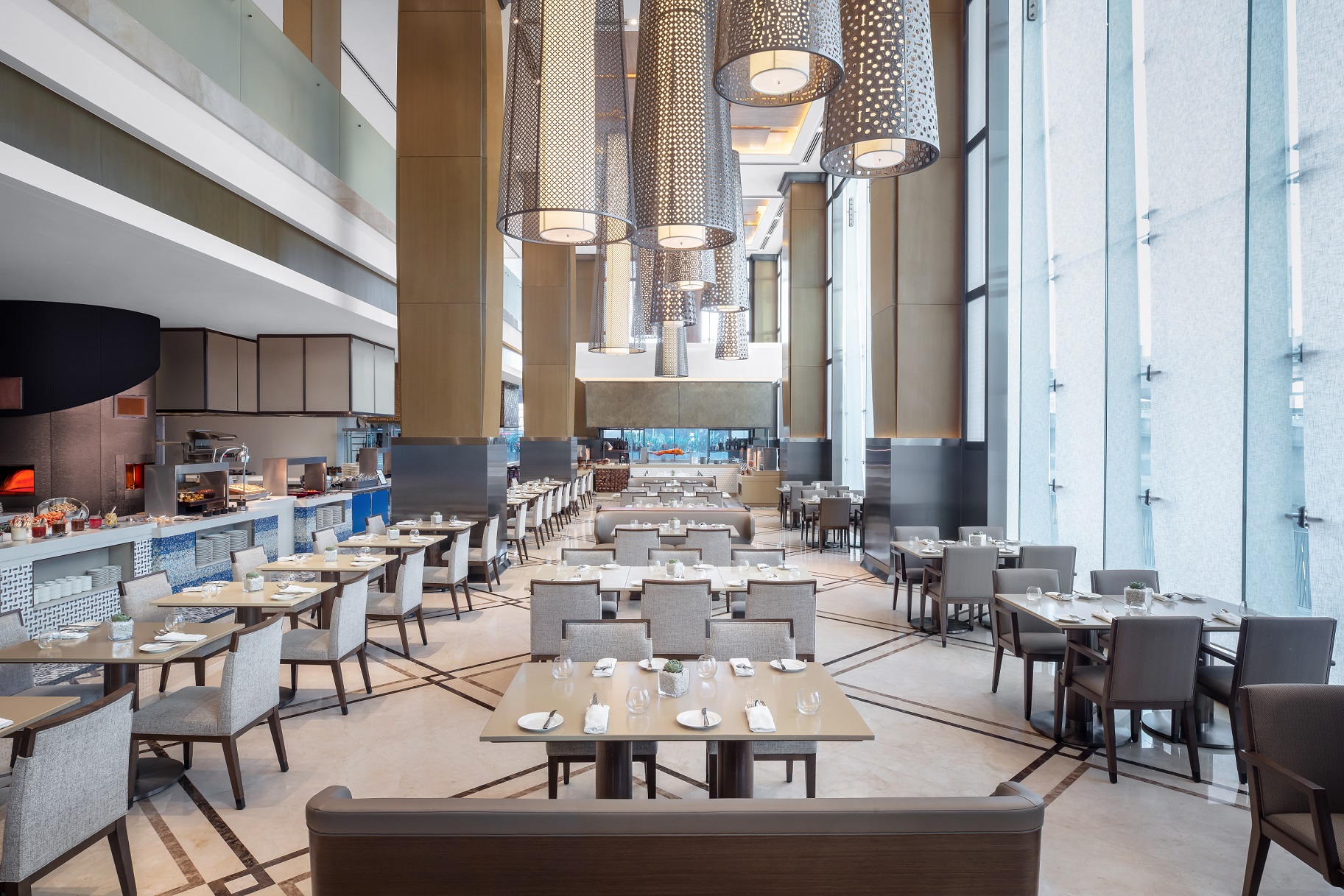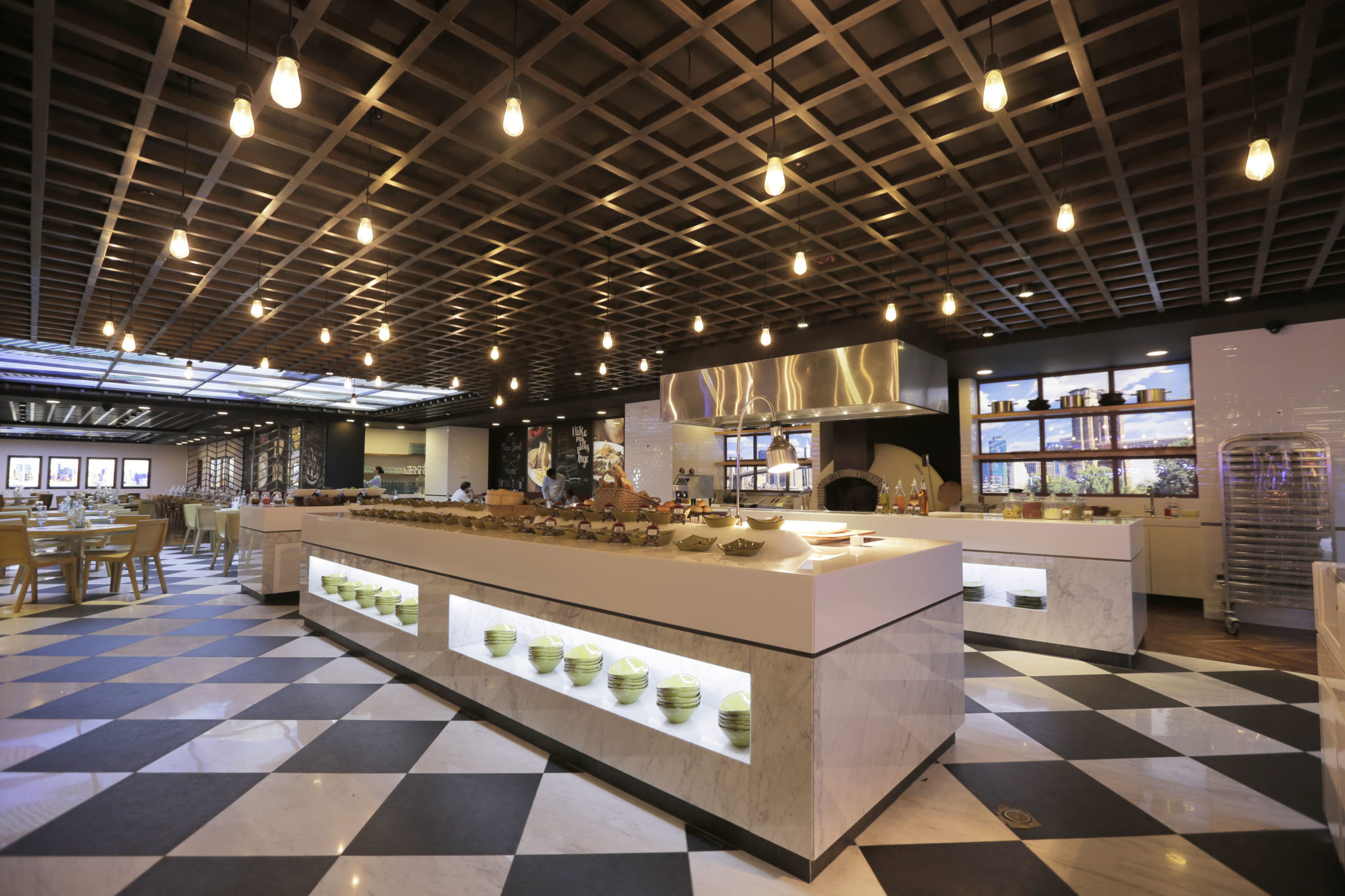If the number of eat-all-you-can restaurants popping up all over the Philippines is any indication, then the popularity of the buffet isn’t going to wane any time soon. Diners, typically in big groups, flock these restaurants during special occasions or when they feel like gorging on food. You’d see offerings of different cuisines coming up in hotels or as standalone establishments, each finding ways to offer the best selection at an affordable price point.
The success of a buffet, more often than not, is greatly determined by the menu and the dishes included in it. We spoke to two hotel executive chefs to know what happens during the menu creation process and get tips for entrepreneurs looking to put up their own buffet.
Sit down and collaborate
Before anything else, ensure that you involve your entire team in crafting your buffet menu, especially if you’re an entrepreneur or restaurateur. Get insights from your chefs, marketing team, and even the kitchen and waitstaff when choosing what cuisine to focus on and what market segment you’ll be catering to. Each stakeholder can provide a different perspective that can help elevate your menu and offer something new to diners.
For Resorts World Manila (RWM) executive sous chef Lito Sumayop, collaboration is crucial when creating a buffet menu. At Silogue, an all-day Filipino buffet at RWM’s Garden Wing gaming area, they take advantage of the culinary team’s diverse palates to introduce new ways of enjoying classic Filipino dishes. “There are good chefs who know a lot of flavor,” says Sumayop.
Get insights from your chefs, marketing team and even the kitchen and waitstaff when choosing what cuisine to focus on and what market segment you’ll be catering to. Each stakeholder can provide a different perspective that can help elevate your menu and offer something new to diners.
This sentiment is also echoed by executive chef Francisco “Kiko” Santiago. In Sheraton Manila’s S Kitchen, conceptualizing the menu is a collaborative effort that also includes input from the hotel’s director of operations and general manager. They hold monthly meetings to give updates on what was added to or changed in their offerings.
This would also be a good time to lay down a set of standards that the establishment must follow in terms of food quantity and quality, and cooking techniques, for instance. In the cases of large-scale hotel buffets, management typically provides this for the culinary team. Once these are met, the latter is free to build on them and customize.
Master the basics
It’s important to master the basics first before releasing innovative or experimental food items. Offer staples in each of your food stations like bread, meats and a live station, cold cuts and cheese, soups, salads, and fruits, to name a few. The type of food items would all depend, again, on your target customers.

If you want to serve Filipino food, Santiago says you can’t go wrong with local comfort food. Filipinos love basic dishes that they would normally see and consume in their own homes. This is why S Kitchen focuses on offerings that are not complicated, with flavors that are familiar to the general local palate. Basic local food is more sustainable and can contribute to your restaurant’s longevity in the industry, he adds.
You can also incorporate flavors from different regions outside Metro Manila, like what the chefs at Silogue do, under the direction of RWM executive chef Godfrey Laforteza. Doing so attracts diners and visitors whose hometowns are located in other parts of Luzon, Visayas, and Mindanao, keeping with the local food theme.
Be open to trying new things
In order to stand out from the myriad buffet restaurants in the country, you also have to introduce something new along with your classic offerings. Find out about the latest trends in the food industry and see how you can incorporate them in your establishment.
In the age of social media, it’s easier to find out what’s popular with a scroll and push of a button on Instagram or Facebook. For instance, there are people who are choosing to go the gluten-free route in their diets and incorporating healthier, plant-based food alternatives. All these and a lot of research are taken in consideration during the menu-making process.
Most buffets have cycles that last for three to four months, so allow your chefs to experiment and be creative when you’re about to refresh your menu. In S Kitchen, for instance, the chefs are asked to create something new out of any overstock from the last cycle. These are subject to management approval before they are sent out to the restaurant.

One of the dishes that Santiago takes pride in is their Bicol Express pasta that uses locally-sourced ingredients and coconut milk, which is perfect for lactose-intolerant diners.
In the case of Silogue, management saw a need for a Filipino restaurant, which is why they shifted the buffet menu from international offerings to Pinoy favorites. Their vision was to highlight traditional Filipino cuisine and make it more appealing to a global audience. To do this, the entire culinary team was tasked to individually prepare dishes they liked, without any limits. Through this exercise, they discovered new cooking and presentation techniques, and flavors that would go well with an international palate.
Laforteza, on the other hand, travels overseas to study food trends and discover new flavors. When he returns, his team then gets to work on incorporating his learnings as they develop dishes for their buffet menu. Eating out and trying new dishes are highly encouraged not just in the culinary team but the entire crew at Silogue.
Offer special promotions
Customers love promos and you can attract more diners to your restaurant when you coincide your buffet offerings to holidays or special celebrations happening throughout the year. Planning this in advance with your team is crucial, although you have to be open to adjust if there are new trends suddenly gaining popularity in the industry.

Check out any monthly holidays, like Sustainability Month, and see how you can promote it through your buffet. If it becomes a hit among customers, then you can slowly adapt it to your regular offerings.
Restaurants often have these kinds of promotions, like giving freebies to grandparents who recently dined during Grandparents’ Day. You can include themed dishes that are available during the Christmas season or Valentine’s Day, for instance; or collaborate with brands and other companies to offer exclusive deals.
For instance, to celebrate its 10th anniversary, RWM is giving patrons a chance to try their unlimited lunch or dinner buffets at nine RWM hotels and signature restaurants through the Grand Food Trip promo. Diners can sample a wide range of cuisines, from international favorites to well-loved Filipino dishes.
Think of your restaurant like your home
Treat your establishment like you would your home where you entertain guests and friends. Ask yourself, what is it that you want to serve them if they come over for lunch or dinner? The diners are also part of the collaborative effort and you would want to connect with them to get even more ideas on how you can serve them better.

For Sumayop, they like to sit down with guests and ask for feedback and tips. It becomes easier to know what to cook when they actually talk to customers. Engage with the diners even as they are in your restaurant. Always offer options and ask them what they want. It’s the same at S Kitchen where chefs on duty can customize how you want your food to be cooked.
It’s a two-way street when it comes to chefs and diners: The restaurant team exists to entertain with food, while the customers are there to discover exciting flavors and teach the team something new.
At the end of the day, if you want to put up your own buffet restaurant, you have to take the risk. Once you generate foot traffic from the attractive buffet menu you’ve crafted, the numbers are going to go up. Sumayop encourages budding entrepreneurs: “Invest; don’t be scared. Money comes in later.”




